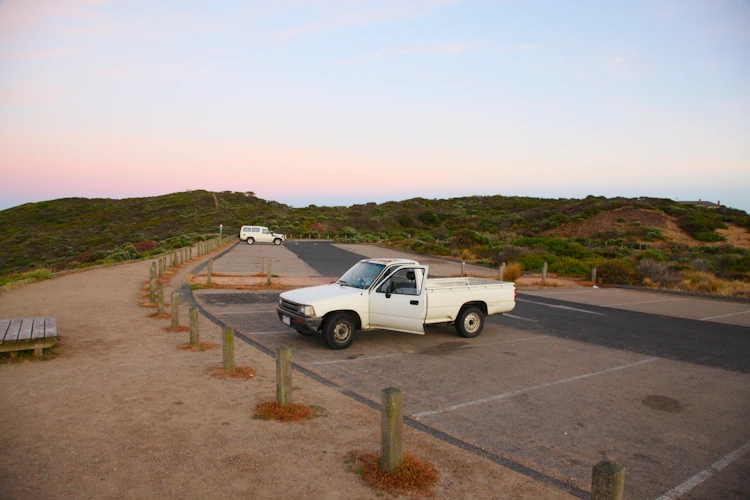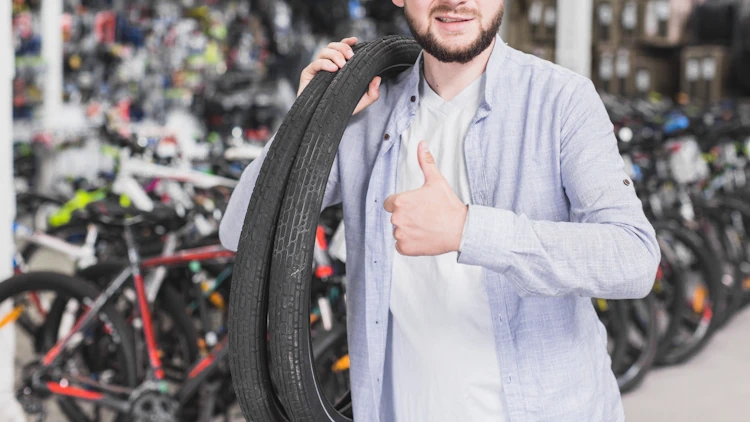EGR Canopies are a popular choice among 4WD enthusiasts for their versatility and durability. These canopies offer a range of features that make them ideal for both on and off-road adventures. Whether you’re camping, fishing, or exploring rugged terrain, an egr canopy can enhance your 4WD experience. Here’s a closer look at the versatility of EGR Canopies:
Storage and Organization
EGR Canopies offer ample storage space for all your gear and equipment. Whether you’re hauling camping gear, fishing supplies, or tools, EGR Canopies provide secure storage options to keep everything organized and easily accessible.
Weather Protection
EGR Canopies are designed to withstand the elements, providing protection from rain, wind, and sun. This makes them an ideal choice for outdoor adventures, allowing you to stay comfortable and dry in any weather condition.
Customizable Features
EGR Canopies come with a range of customizable features, such as roof racks, sliding windows, and side doors. This allows you to tailor the canopy to your specific needs, whether you’re hauling large items or need easy access to smaller items.

Durability and Strength
EGR Canopies are built to last, with a durable construction that can withstand the rigors of off-road driving. Whether you’re navigating rocky trails or tackling steep inclines, an EGR Canopy will keep your gear safe and secure.
Enhanced Security
EGR Canopies come with locking mechanisms and reinforced doors, providing added security for your gear. This gives you peace of mind knowing that your valuables are safe and protected, whether you’re on the road or at your campsite.
Frequently Asked Questions (FAQs)
- Are EGR Canopies compatible with all types of 4WD vehicles?
- EGR Canopies are compatible with most 4WD vehicles, including trucks, SUVs, and utility vehicles. However, it is essential to choose a canopy that is designed specifically for your vehicle’s make, model, and year.
- Can I install an EGR Canopy myself, or do I need a professional installer?
- While some DIY enthusiasts may be able to install an EGR Canopy themselves, it is recommended to have a professional installer handle the installation. A professional installer will ensure that the canopy is properly aligned and securely mounted to the vehicle’s frame.
- Do EGR Canopies affect the vehicle’s handling or performance?
- EGR Canopies are designed to enhance a vehicle’s handling and performance by providing additional storage space and reinforcement. However, they may add some weight to the vehicle, which could affect fuel efficiency and acceleration.
- What should I do if my EGR Canopy becomes damaged or needs repair?
- If your EGR Canopy becomes damaged or needs repair, contact the manufacturer or a qualified installer for assistance. They may offer a replacement or repair service depending on the nature of the damage.
- Are EGR Canopies required for off-road driving?
- EGR Canopies are not required for off-road driving, but they are highly recommended for added storage space, organization, and protection. Whether you’re driving on rough terrain or camping in the wilderness, an EGR Canopy can enhance your 4WD experience.
